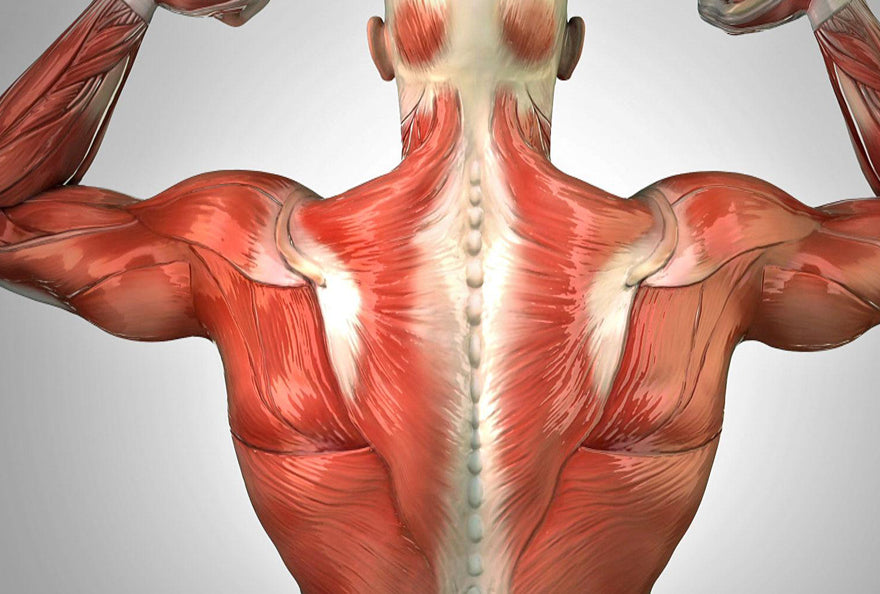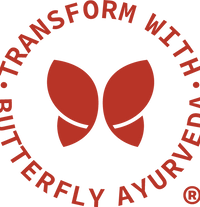
Mamsa dhatu is the set of muscles, ligament and also the skin that protects our internal organs. It is developed by the nutritive content of the Rakta dhatu known as ‘poshak’ rakta dhatu that is acted upon by mamsagni.
Mamsa literally means ‘flesh’. It wraps the skeleton of the whole body, and is also known by the following names in Charak Samhita :
Pishita: found to be separated in single fibers
Kravya:looks aggressive, fearful just by seeing it
Palala: wrapped throughout the body and having functional potential.
Amisha : creates greed to achieve it or have it.
Tarasa : which is responsible for strength within the body Rakta teja, Raktodbhava: originated and developed from previous Rakta dhatu
Medaskrut : involved in origin and development of the next dhatu, Meda dhatu.
As stated, the muscle provides strength and fortitude to the body and builds self confidence. If muscles are weak, then one feels emotionally unstable, and is unable to express oneself completely. Muscles become weak when they are not motivated or put to work ( quality of air). Alternatively, if muscles are overused ( quality of pitta ) or have become lethargic ( quality of kapha) over a period of time, they tend to become weak.Muscle is primarily built with earth ( kapha) and fire (pitta). Therefore, one must consume wholesome foods like grains, legumes and nuts. ‘Proteins’ as we say in modern terms is essential to ensure good muscle development. The muscle is motivated by air ( vata ) which inspires it to move. Therefore, the tridoshas play a very important role in healthy muscle development.
The muscle tissue is highly metabolic, and the ‘Jatharagni’, the digestive fire, is directly related to ‘Mamsagni’ which is important in developing the health of the muscle tissue. Excessive ‘Agni’ could incinerate the muscle tissue, whereas less agni tends to develop poor quality muscle or weak muscle tissue.
Vitiation of doshas hamper the mamsagni and could lead to :
Vata imbalance
leads to development of fragile muscle form that could be prone to injury.Pitta imbalance
leads to strong muscle form development that could be prone to inflammation.Kapha imbalance
may lead to development of hard and inflexible or extremely loose and soft muscle form. This generally is accompanied by a lack of motivation to initiate action.Therefore, a healthy balance of doshas is important for strong build and musculature that not only helps boost immunity but also provides nourishment and support to the growth of the next tissue, i.e. fat tissue ( meda dhatu).
Meditation for Muscle :
When we allow the flow of ‘Prana’ throughout the body through meditation or such techniques, it helps build healthy muscles. ‘Prana’, being associated with Vata, also carries the element of earth, and on reaching all of Mamsa dhatu allows us to feel grounded and connected to Mother Earth and anchored in ourselves. The mere presence of Prana in all of muscle tissue, helps the body to do away with the pain, and aches of the muscle, and supports, and improves its function. Sub tissues and Wastes :
The Updhatus ( sub tissues) of ‘Mamsa dhatu’ are the ‘Vasa’ ( omentum - a layer of muscle that covers our internal organs such as intestines) and ‘Tvacha’ ( skin and all other such layers). The mala or excretory waste of this dhatu is ‘Kha’, the excretions from the various openings of the body. This includes the sweating and perspiration of the skin.Learn more about the next dhatu, ‘ Meda dhatu’ - the adipose tissue fat that emerges from “ Mamsa Dhatu in the next post.

Comments (0)
Back to Get Healthy with Akshi